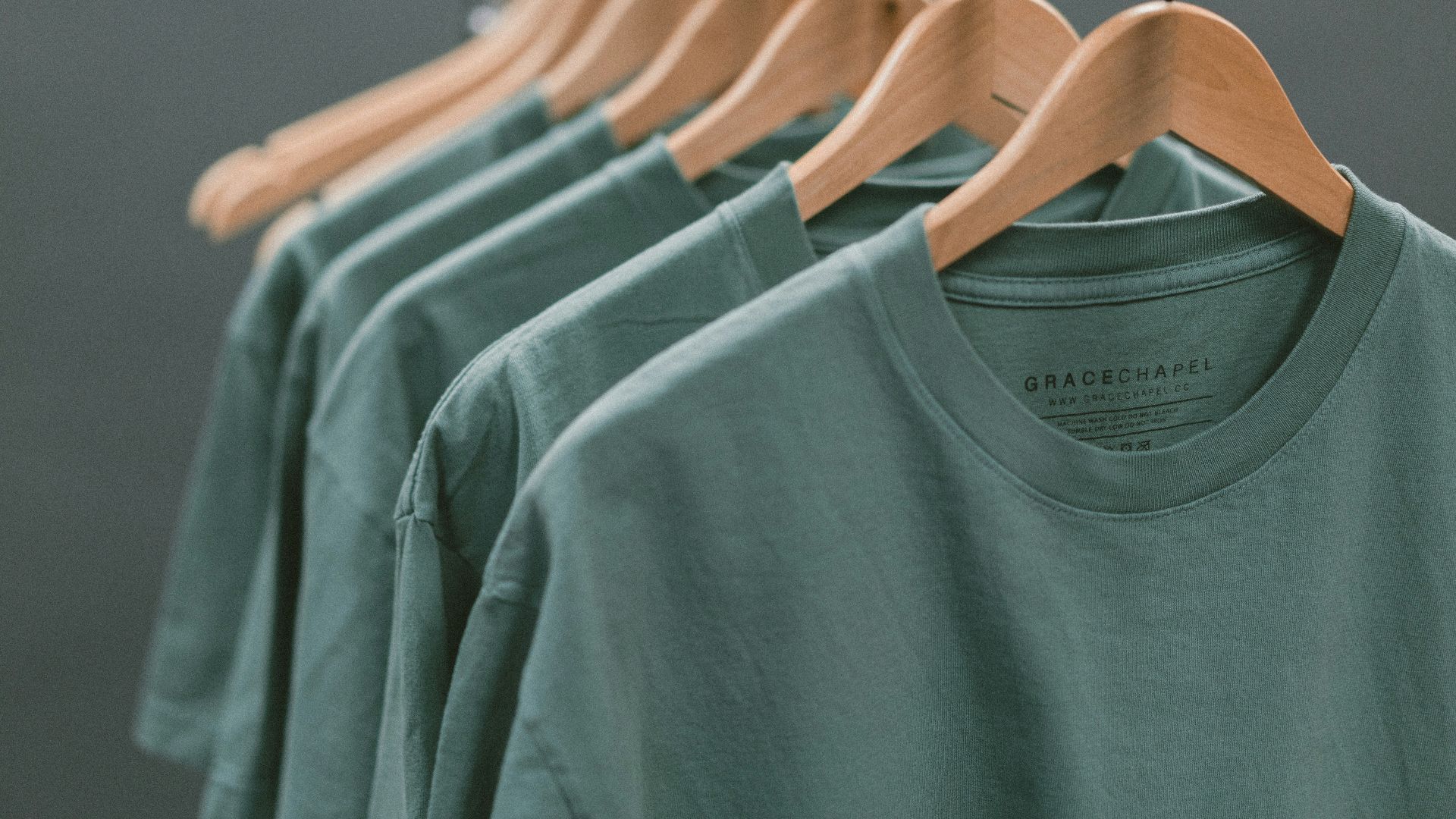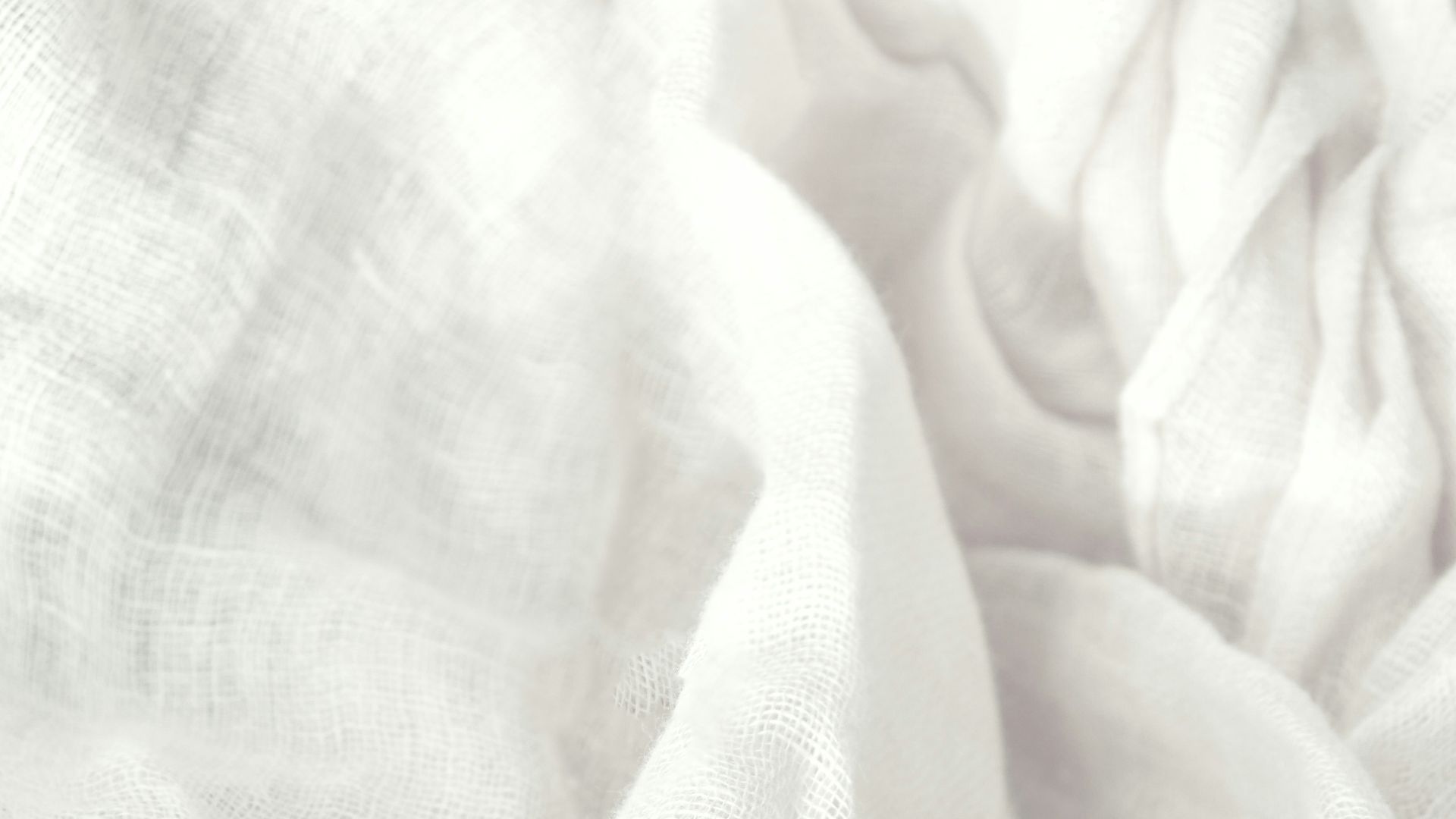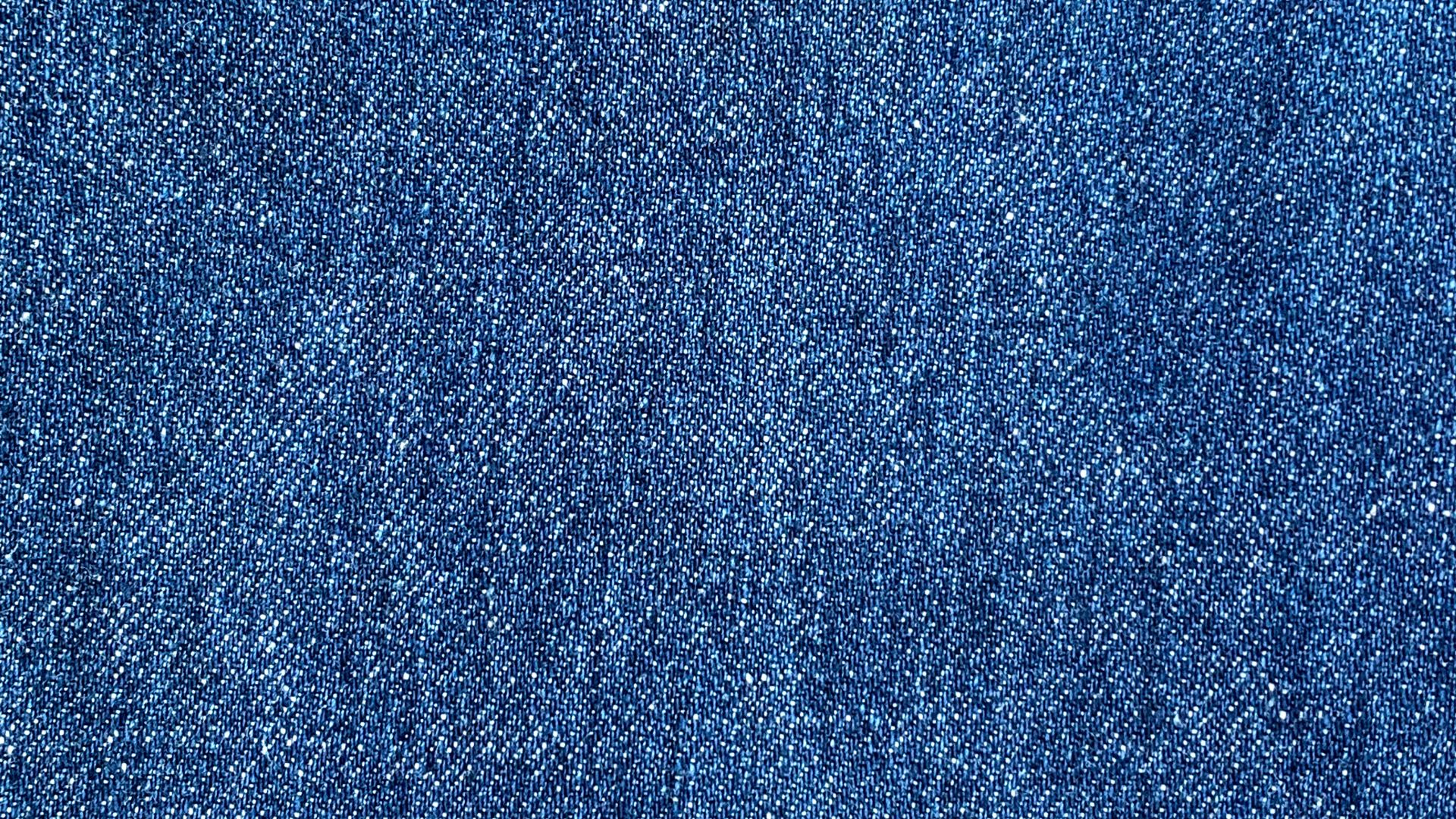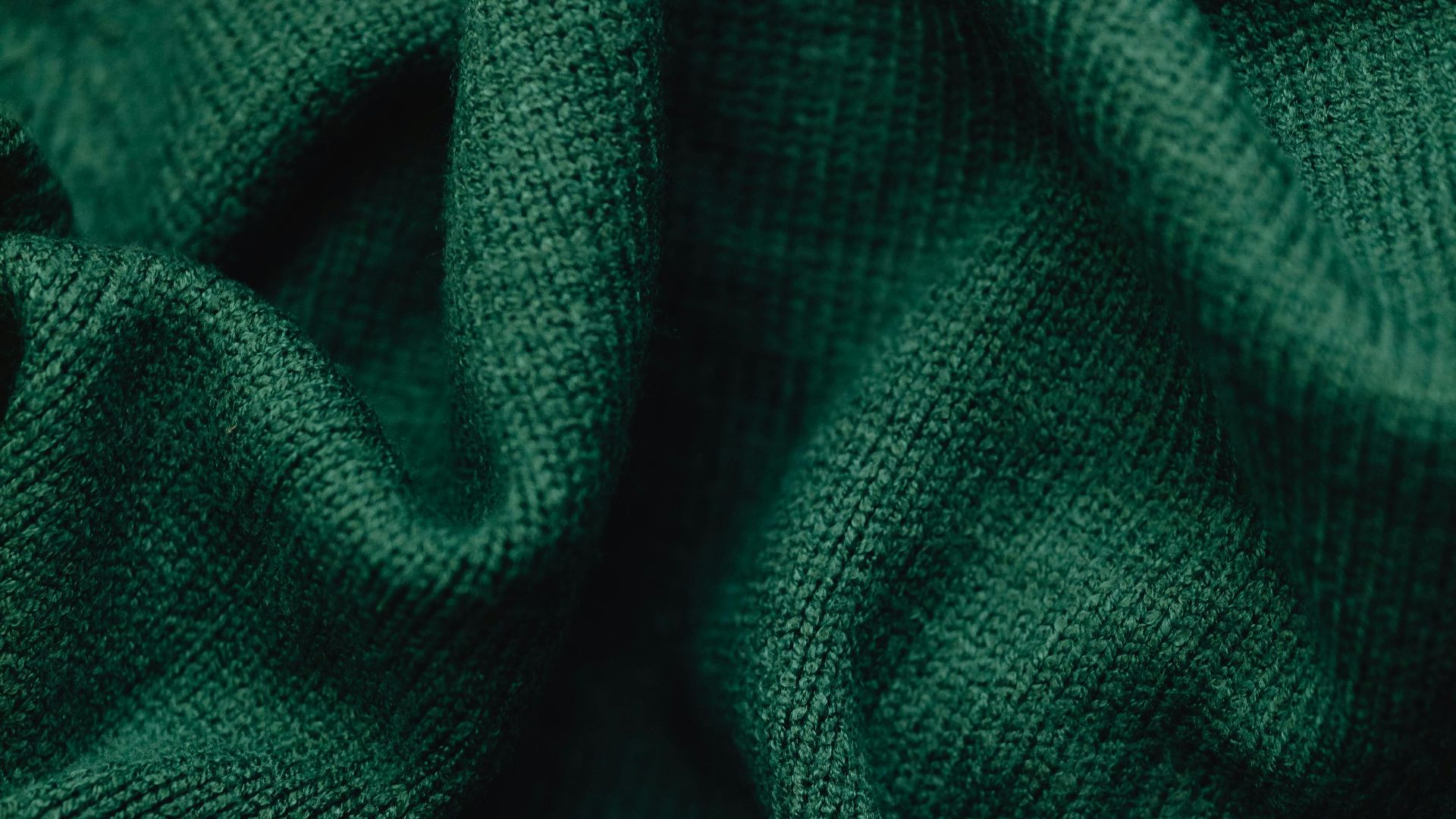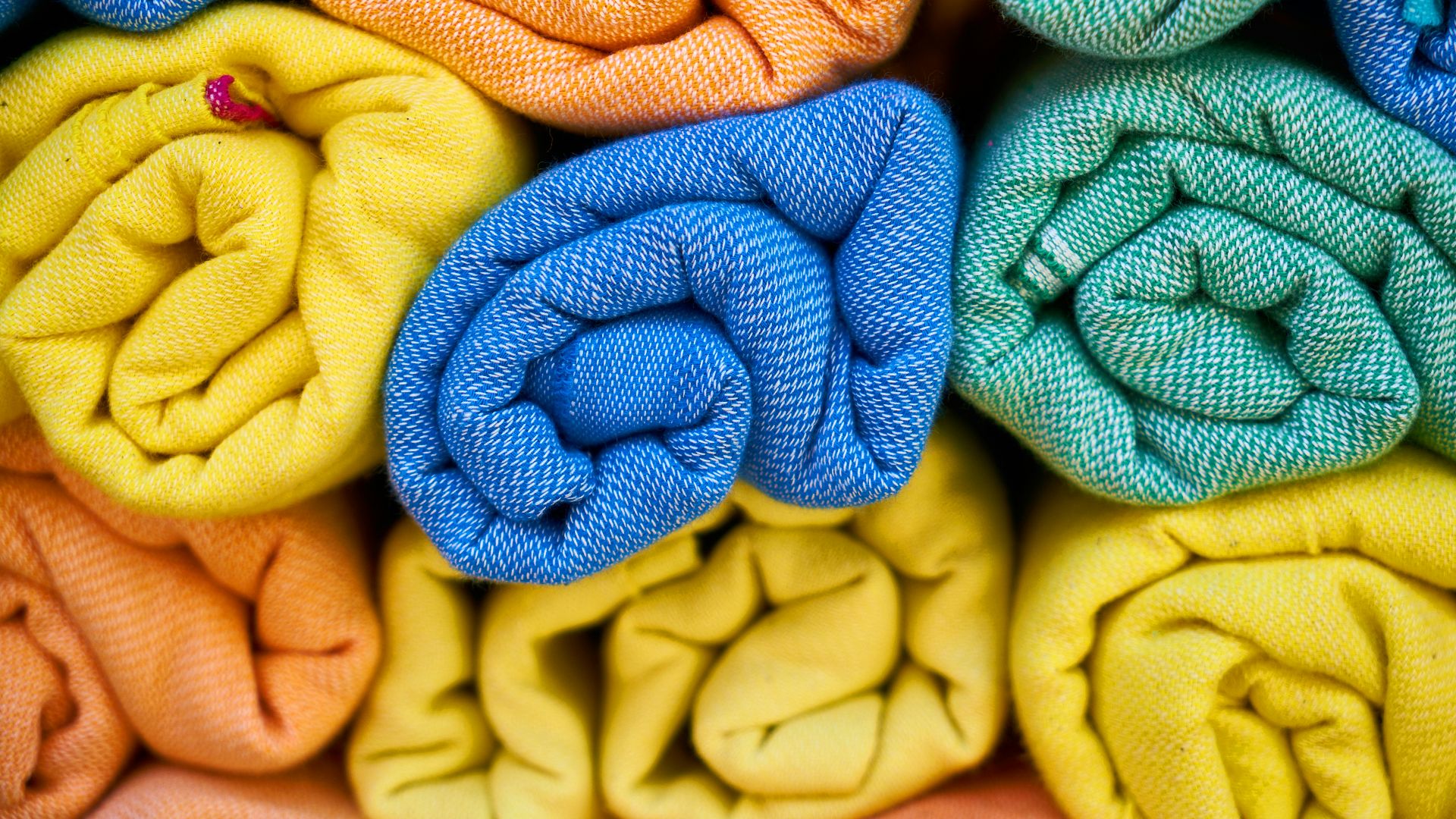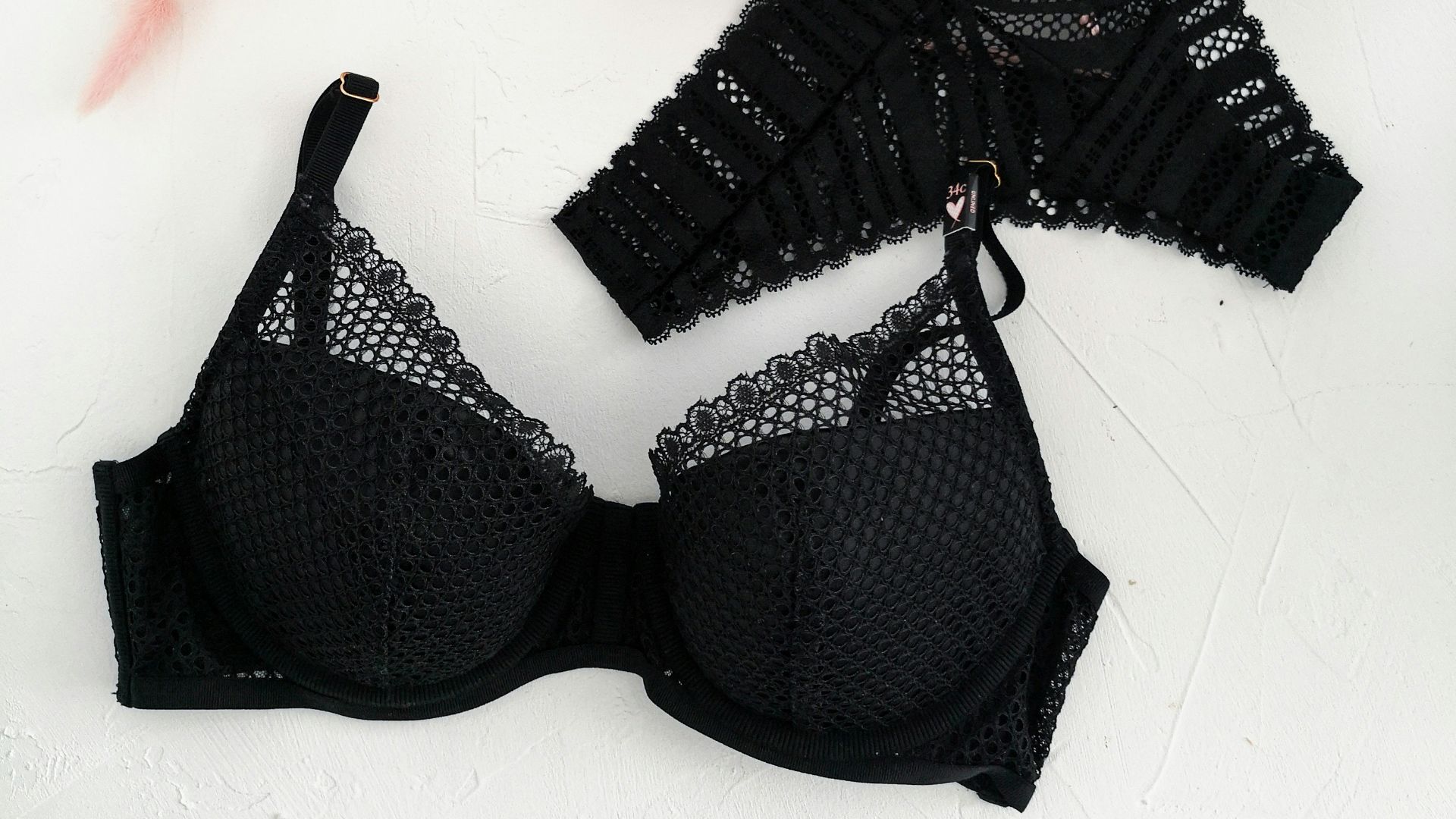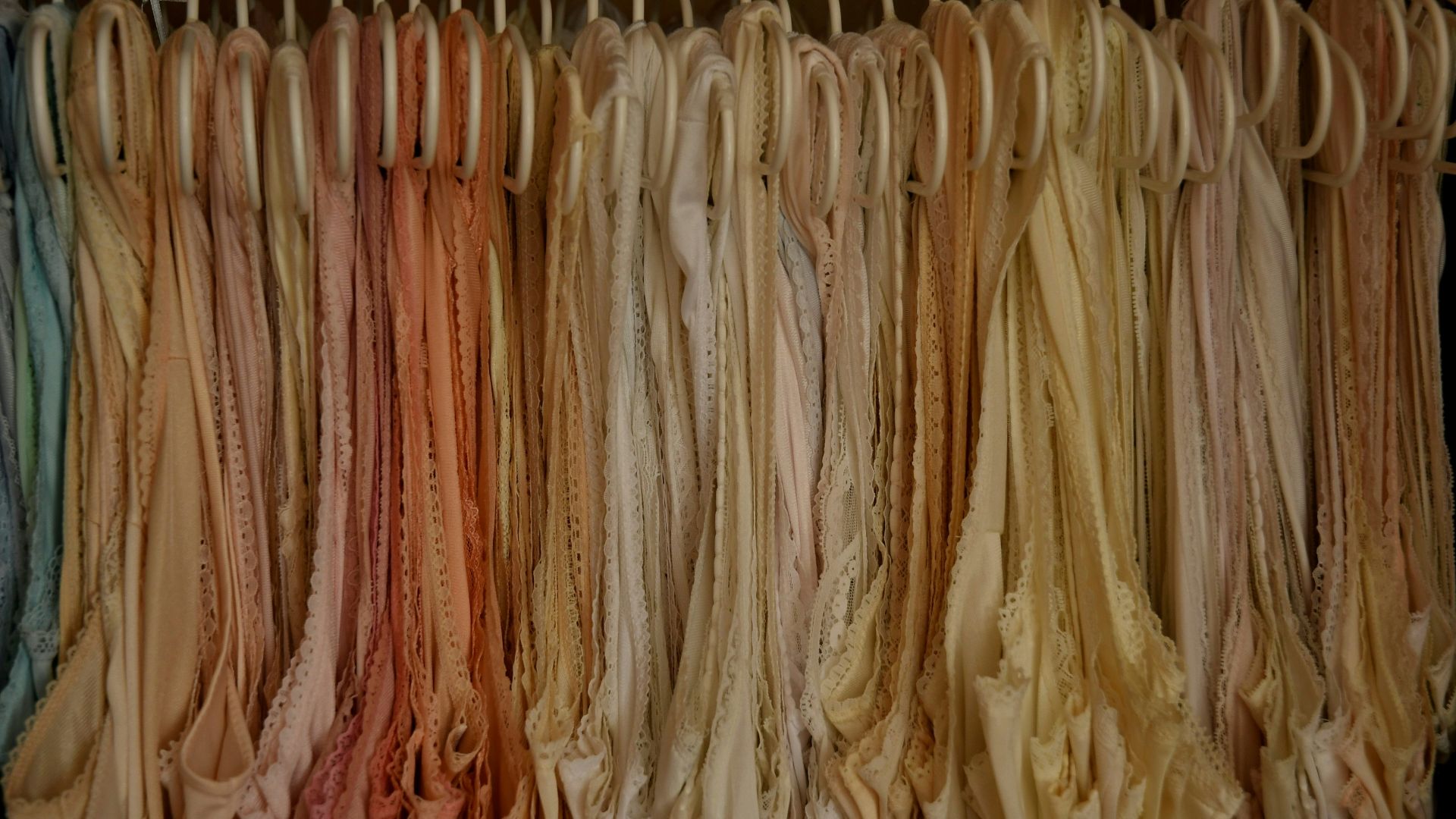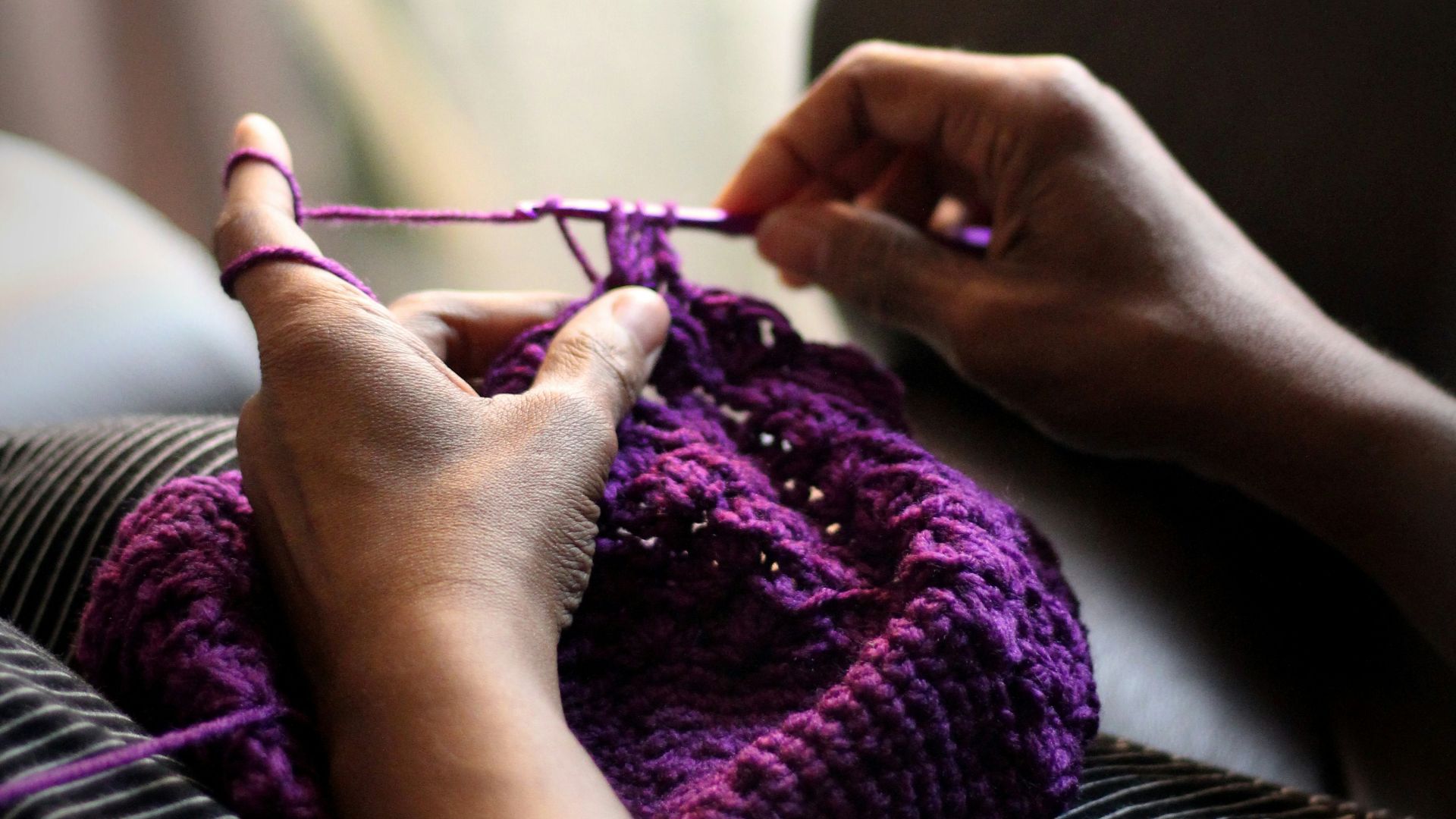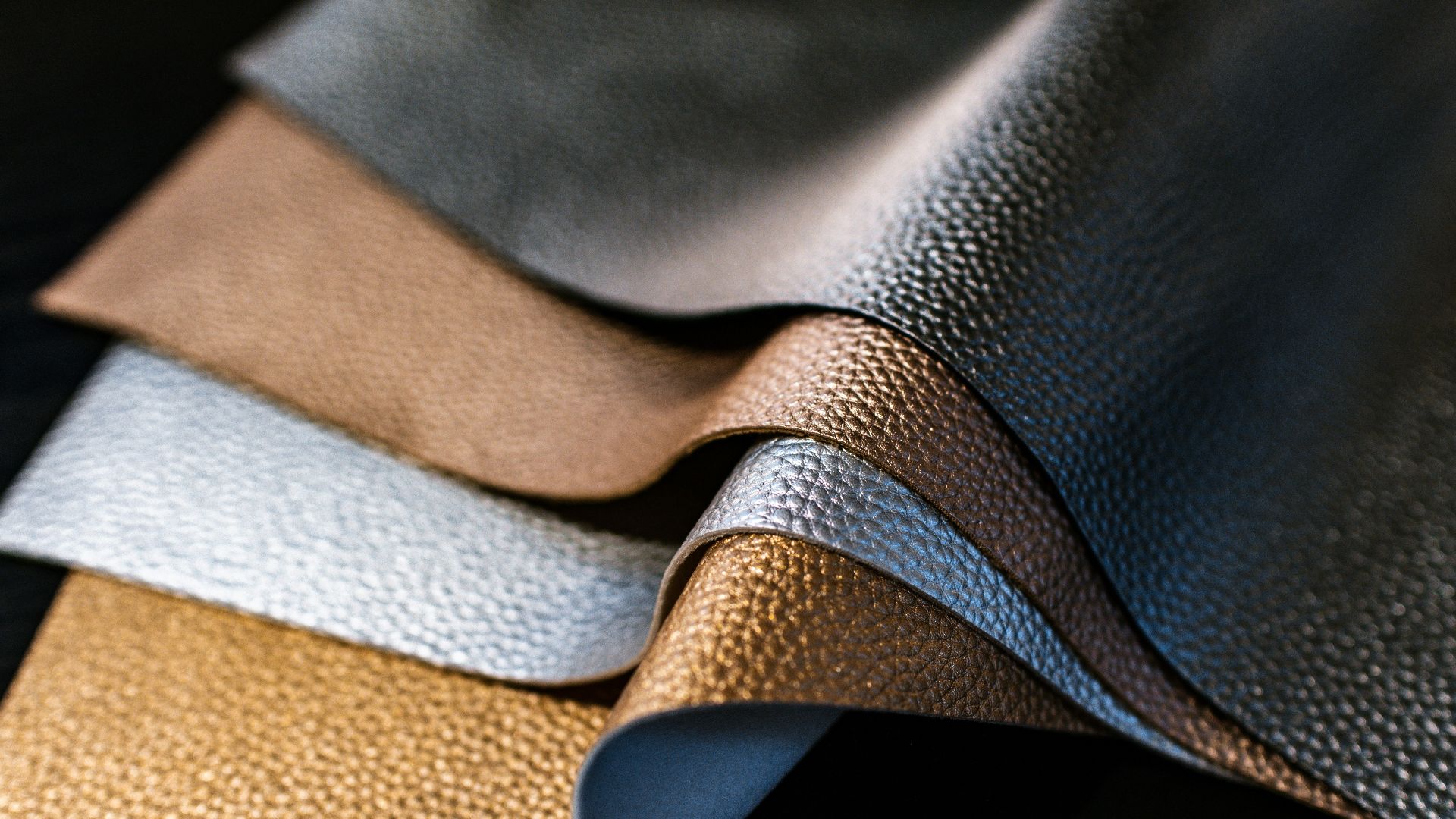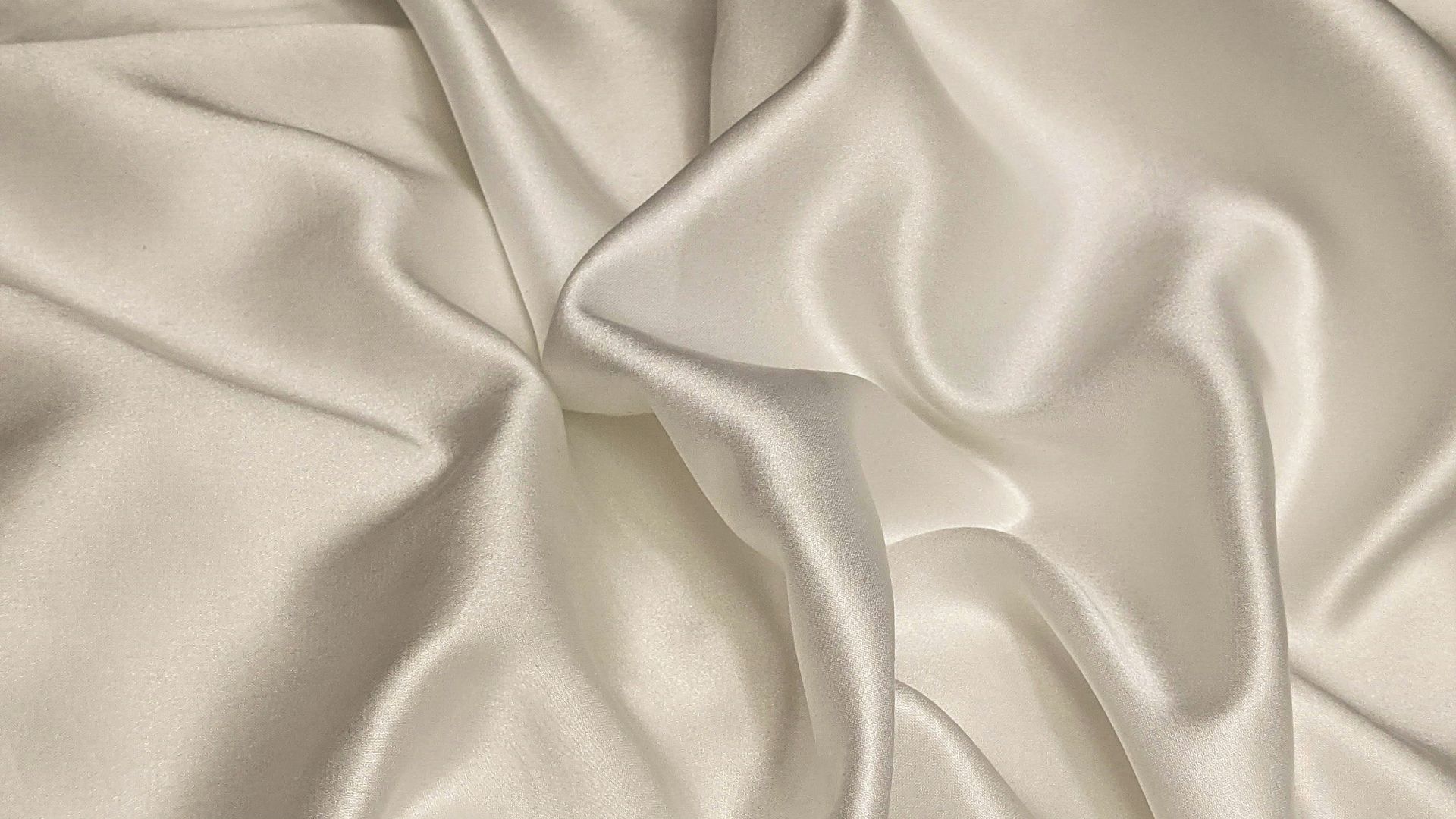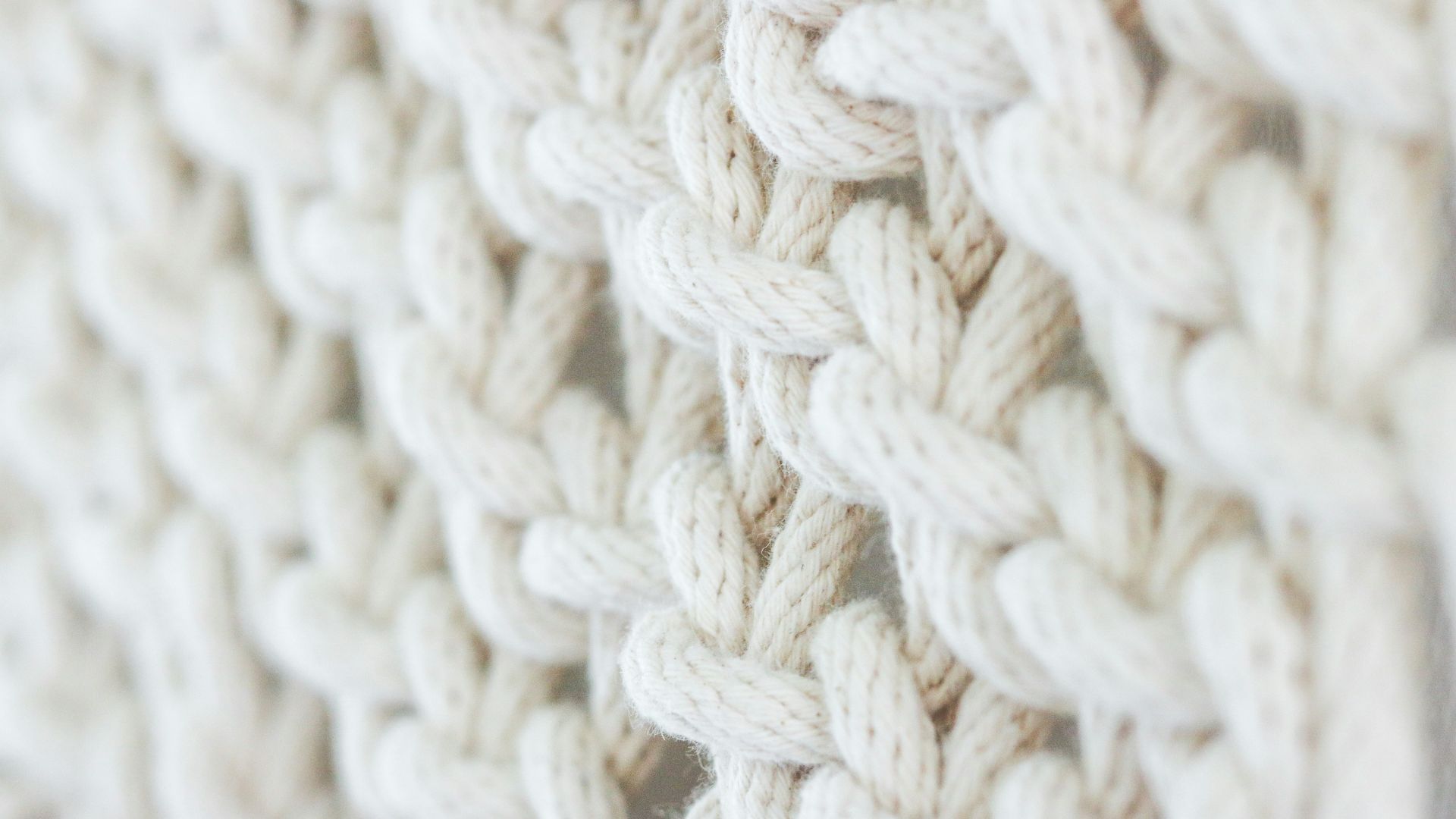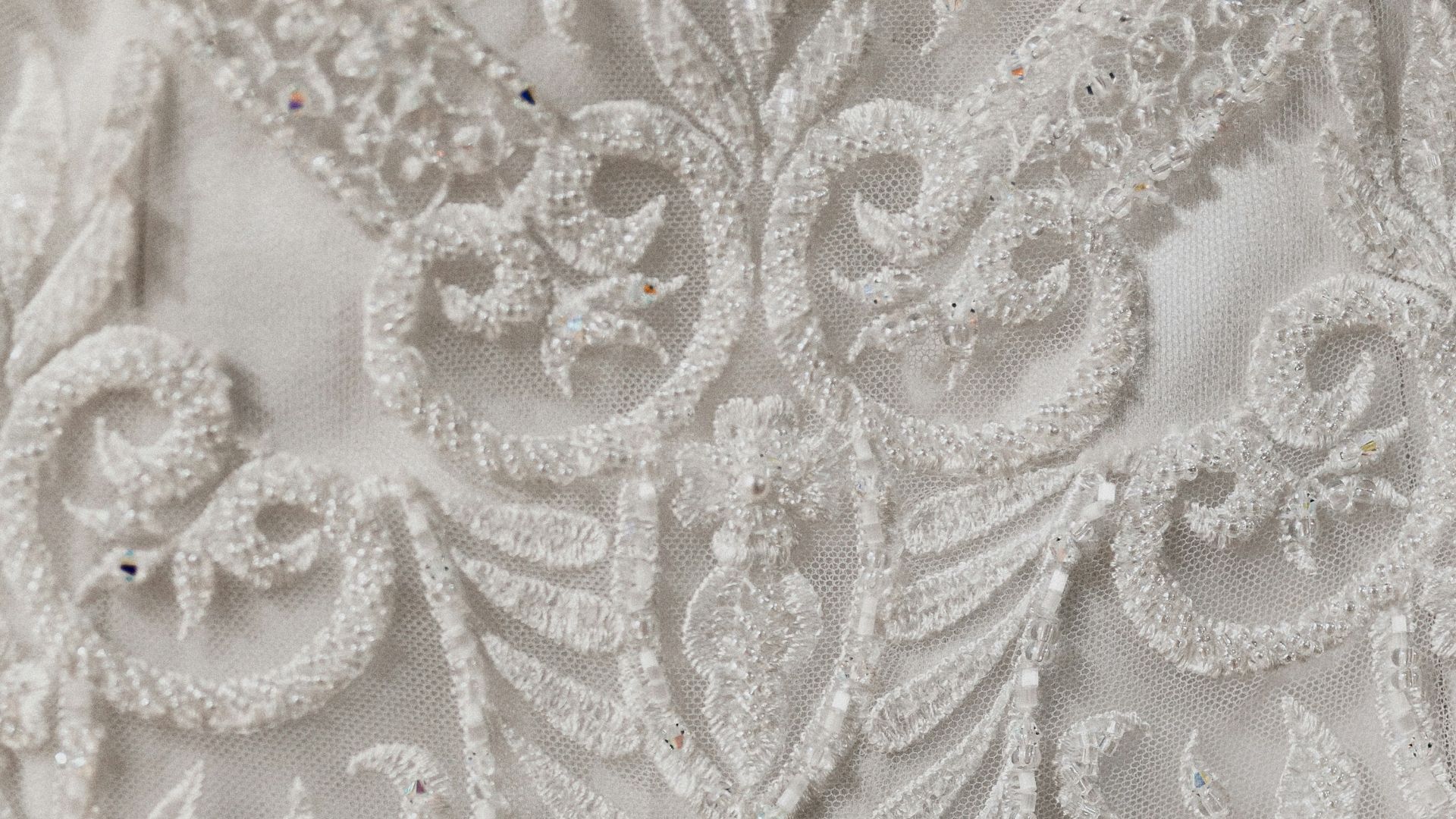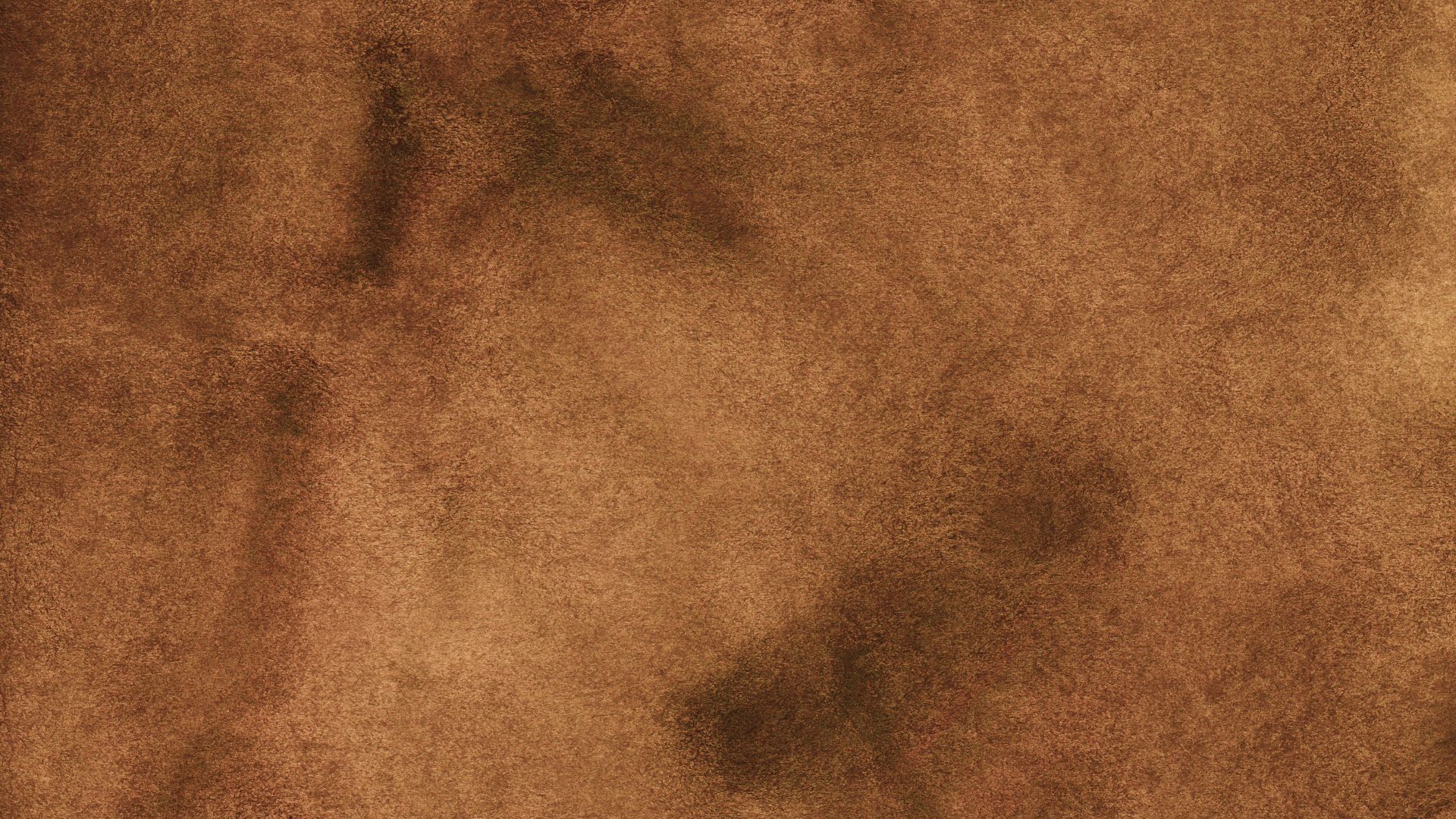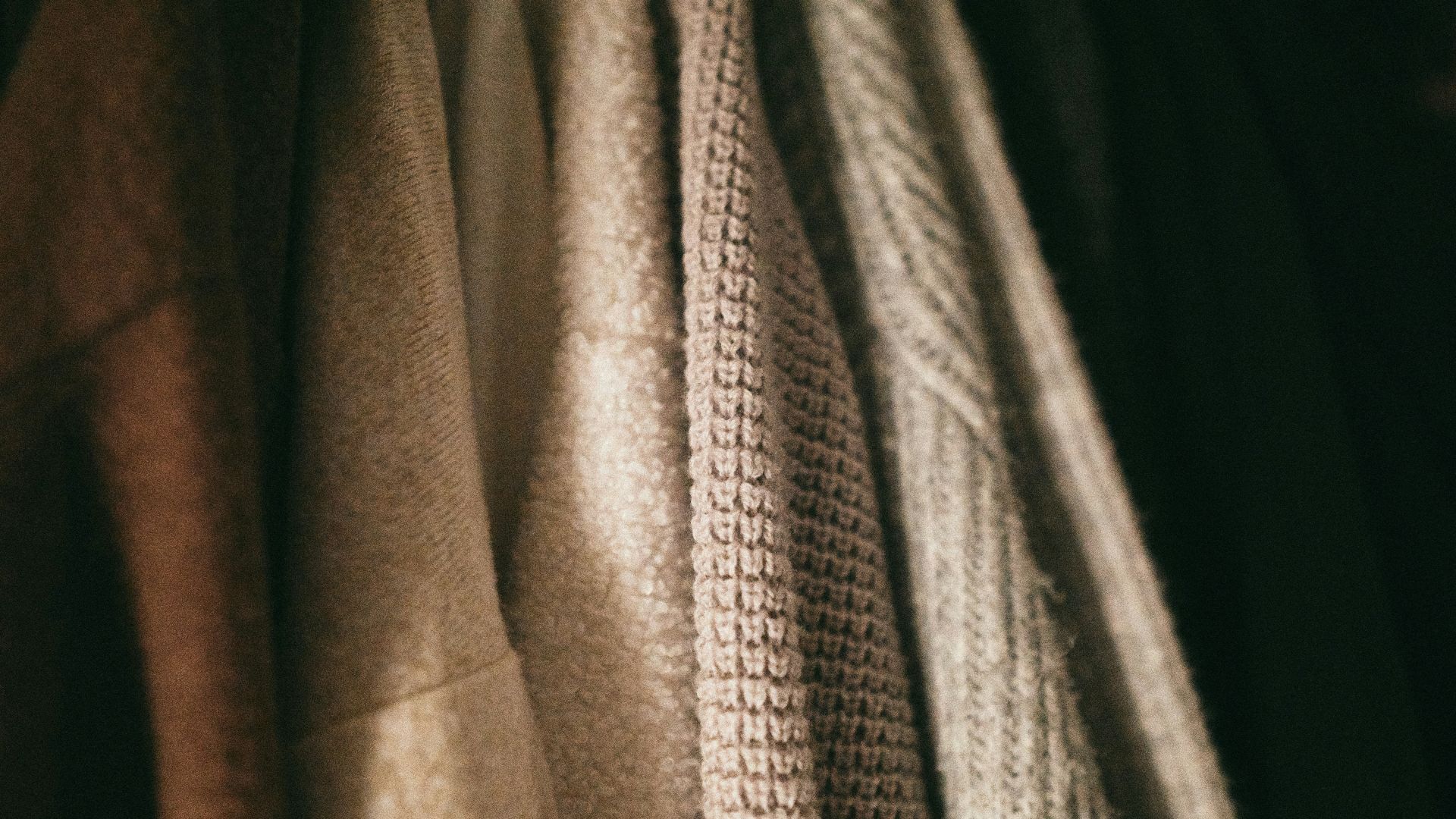To Wash Or Not To Wash
Clothes are confusing, and the list of vague photos on tags is usually ignored or misunderstood. We’re here to help. Here are the major yeses and nos of the laundry world, so you can avoid any major fashion failures down the road.
1. Cotton
Cotton is one of the most-worn fabrics, and generally considered safe for your machines. However, 100% cotton clothing is more prone to shrinkage and wrinkling. For best results, wash cotton clothes in cold water and use the permanent press cycle for drying. If you’re still afraid of shrinkage, you can always buy something a size up.
2. Linen
Like cotton, linen also needs a bit of extra support when laundry day comes around. Linen should always be washed on a gentle cycle with cool or warm water. It’s usually best to hang dry linens, but if you’re unable to do so, it's best to use a low-heat setting to avoid shrinkage. It’s also best to avoid fabric softener with linens, as the residue will ruin the fabric’s breathability.
3. Polyester
Polyester is one of those fabrics we tend to throw into the wash and hope for the best, and honestly, that’s fair. However, it's best to turn your polyester clothes inside out before washing, and use a low-heat or permanent press setting to avoid the dreaded pilling.
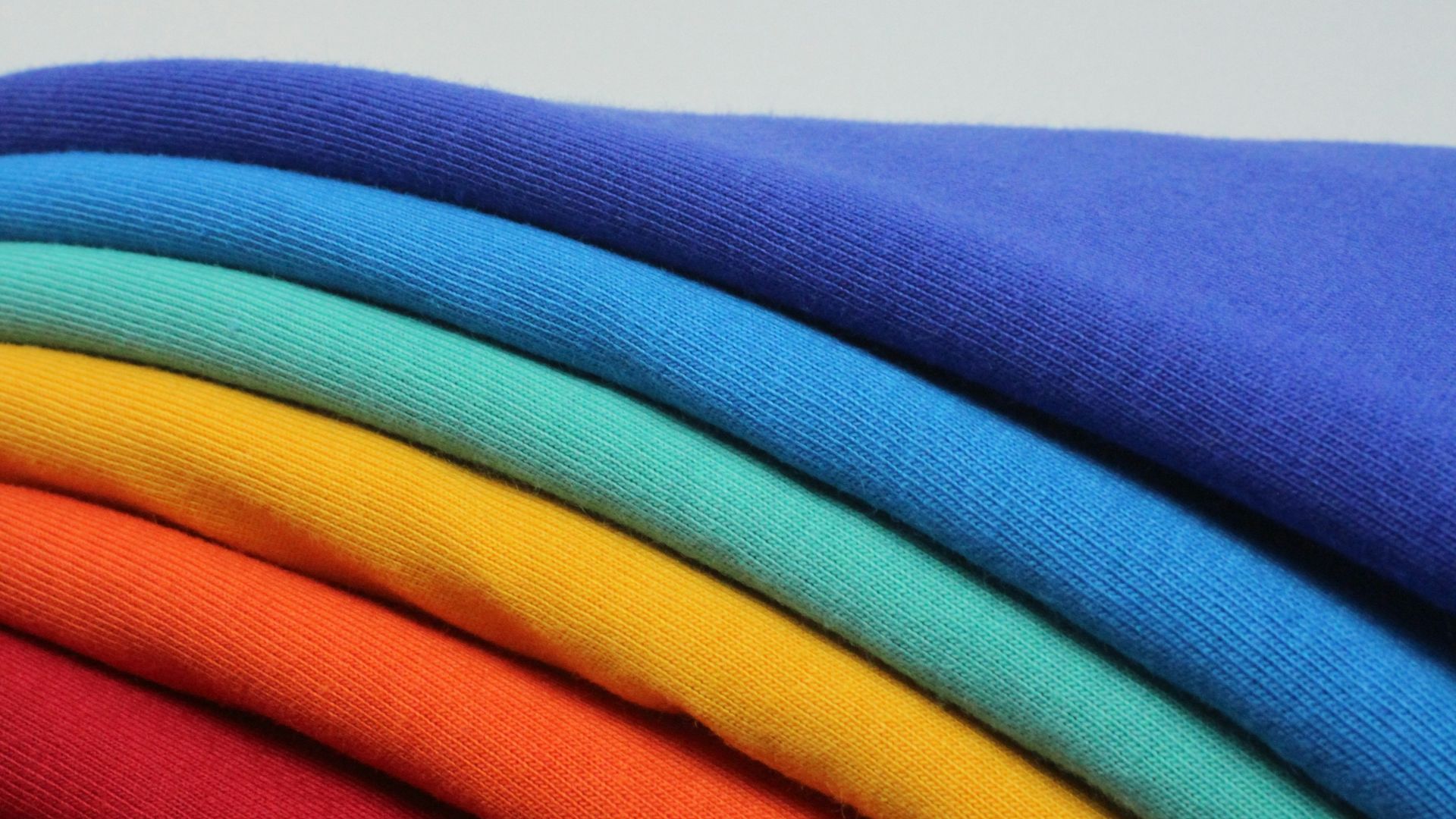 Moonstarious Project on Unsplash
Moonstarious Project on Unsplash
4. Denim
Denim can be a bit of a tricky case. Turn your denim inside out, wash on cold water, and use a low heat setting to prevent shrinking or fading. It’s also recommended that you wash any new denim separately from lighter-colored items, as it's common for the dye to transfer— think accidental red sock in a load of whites.
5. Acrylic
Acrylic is a type of plastic, so you can probably guess what we’re going to say. Like most clothes, avoid hot water and high-heat drying settings at all costs. The cooler temperatures will protect the clothing fibers better. If you’re feeling fancy, a mesh laundry bag can also be used to prevent snagging.
6. Towels
It sucks that the thing you use at your cleanest still needs to be washed. It’s recommended that you separate your towels by color, using hot water for whites and warm water for any other colors. To boost cleaning and softening effects, you can also add baking soda and vinegar during the wash and rinse cycles, respectively. Fabric softener is not recommended.
7. Delicates
While it's better to handwash your undergarments, it’s much more time-consuming. Wash your delicates using a gentle or delicate cycle in cold water, and always use a mesh bag. Delicates should be hung to dry, but if you really need the dryer, we’d recommend a very low heat setting.
8. Nylon
Nylon clothes should also be washed in cold water on a gentle or delicate cycle, as hot water can shrink, pill, or make your clothes lose shape. Like delicates, nylon should be air-dried, but you can use a low-heat setting if needed.
9. Bedding
Bed sheets should be washed separately from your clothes, using your machine's bulky cycle and warm water. Comforters are a whole other beast entirely, and are best washed on a gentle cycle with cool water. Both sheets and comforters should be washed in medium to low heat, while dryer balls should be used with comforters to keep them from getting lumpy.
10. Vinyl
Any clothing items that are made of or contain vinyl should always be washed inside out, in cold or warm water, and on a gentle cycle. Fabric softener can damage vinyl, so it's also recommended to avoid using it if possible. To dry, hang your items or use a low setting on your dryer.
1. Knitted/Crochet Garments
Knitted or crocheted garments are more delicate than our normal weaves, so it's usually best to handwash them. Fill a bin with lukewarm water and mild detergent, and let them soak. Rinse thoroughly a few times before laying your items flat on a towel to air dry. It’s recommended that you don’t wring out knitted clothes, instead gently squeeze to remove excess water.
2. Leather
Real leather is worth every second you spend cleaning it. To clean your leather, dust your item before going in with a soft cloth and a mild soap or leather cleaner. Air dry your leather away from direct sunlight for the best results.
3. Silk
Real silk items are best washed one at a time in cool water, as it maintains the color better. To dry, gently press out excess water before laying on a towel to absorb moisture. To allow your item to dry fully, hang it away from direct sunlight.
4. Wool
Wool can be washed in a washing machine, but it's best to wash wool items by hand or via a dry cleaner. Luckily, wool is naturally odor-resistant, so you can wear your items for longer periods without needing to wash them. If they do get smelly, you can let them air out in the sun between wears.
5. Lace
This delicate fabric will remain its best if hand-washed in cold water. Avoid using any harsh or irritating movements like scrubbing or wringing; instead, swish the garment in the water to clean it. Put your items on a towel to absorb any excess moisture, and reshape them when they're damp if necessary.
6. Embellished Items
For any items that have squins, gems, or other embellishments, gently swish in a mixture of cold water and detergent, soaking for 5-10 minutes. After you rinse, lay the items on a flat towel to air dry. It’s not recommended to hang these types of items as they can become misshapen, and they should never ever be put in the dryer.
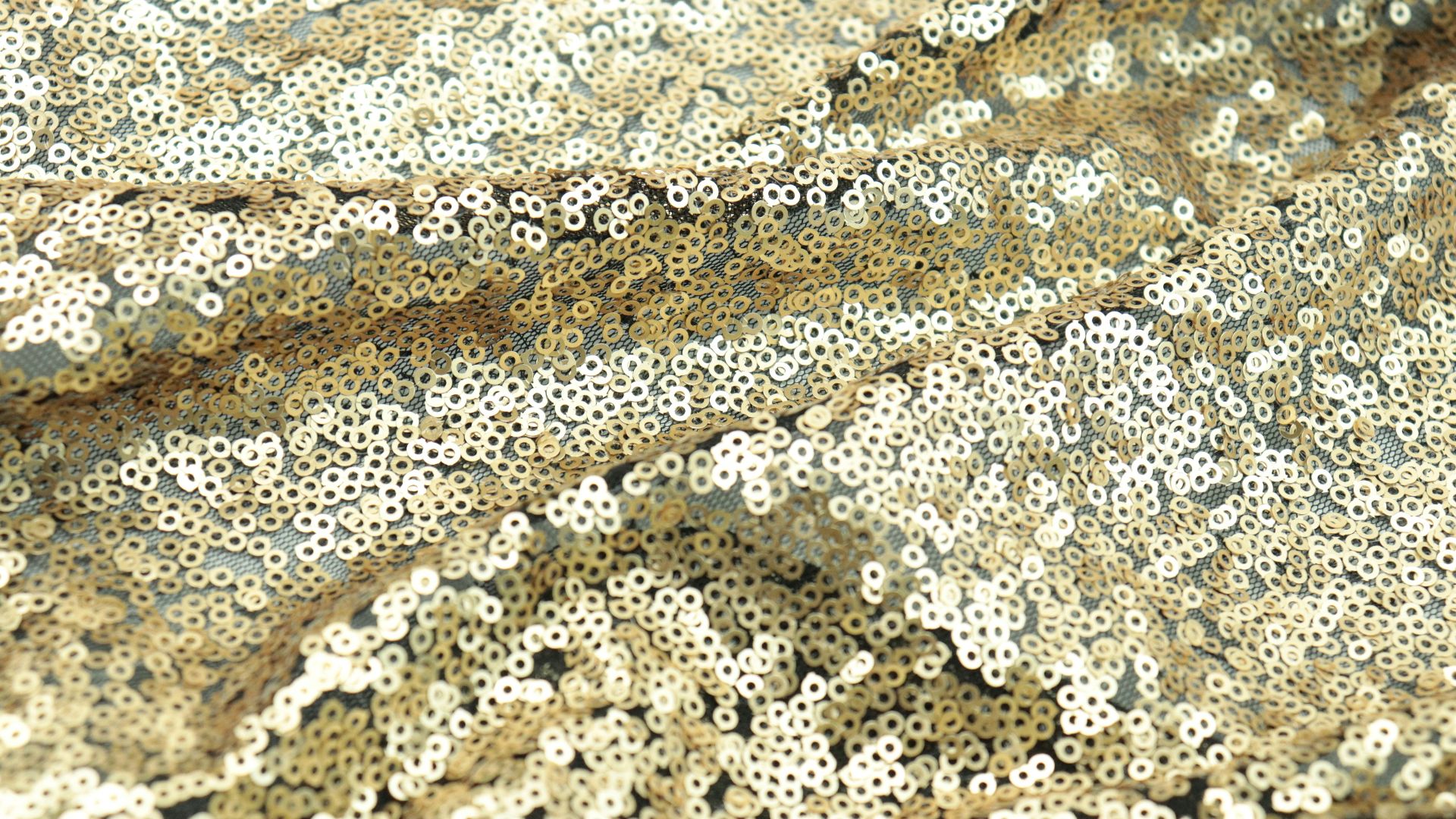 Divazus Fabric Store on Unsplash
Divazus Fabric Store on Unsplash
7. Suede
Real suede should never be submerged in water, so the washing machine is a no-go. Instead, opt for a suede brush to remove dust and revitalize the fabric. If you need to clean stinkier areas, use a damp cloth on the lining, avoiding the actual suede as much as possible. Or…take it to the dry cleaners.
8. Formal Wear
Any high-quality suits or dresses should go to the dry cleaners, no questions asked. If you’re struggling with odor or a stain between cleans, it's best to let the items air out, spot clean with a microfiber cloth, or steam the items to freshen up the fabric between more intense cleans.
9. Cashmere
Like wool, cashmere can go in the washer if need be, but it's often best to leave this fabric well enough alone. 100% cashmere items are antibacterial, so they don’t need to be cleaned as often. Handwash cashmere with cold water and a mild detergent, and never ever put it in the dryer.
10. Swimsuits
Okay, yes, technically you can wash your swimsuits, but you shouldn’t dry them in the dryer. The heat from dryers makes your suit lose elasticity, so it’s best dried on a flat surface. If you don’t feel like hand washing your suit, you can put it in cold water, a delicate cycle, but it can make them more prone to stretching.



